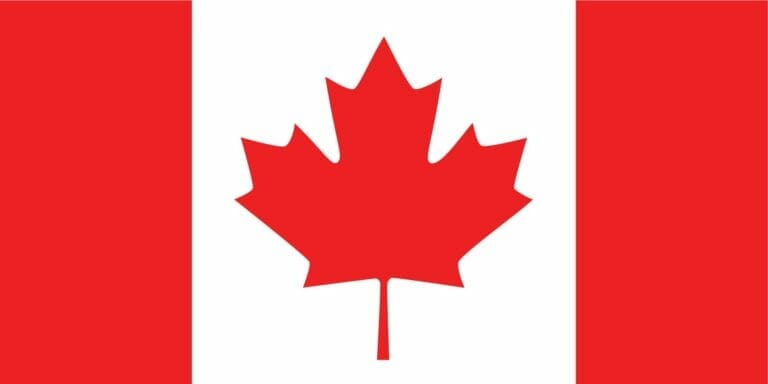Canada is renowned for its welcoming approach to immigrants, with plans to welcome up to 500,000 new permanent residents by 2025. If you’re considering immigrating to Canada, it’s essential to understand the immigration process and plan your settlement effectively. In this comprehensive guide, we’ll explore the various pathways, requirements, and resources available to facilitate a smooth transition to your new life in Canada.
Establishing Clear Goals and Researching Settlement Locations:
Before starting on the immigration process, it’s crucial to establish your goals and aspirations for moving to Canada. Determine your reasons for immigrating, whether it’s for better career opportunities, education, or quality of life. Additionally, researching and identifying potential settlement locations is essential. Canada is a vast country with diverse regions, each offering unique benefits and opportunities. Consider factors such as job prospects, cost of living, climate, and community support when choosing your ideal settlement location.
Understanding Immigration Pathways:
Canada offers several immigration pathways to meet the diverse needs of prospective immigrants. Two prominent pathways are the Express Entry system and the Provincial Nominee Program (PNP). The Express Entry system is a point-based system that assesses skilled immigrants based on their age, education, work experience, and language proficiency. The PNP allows provinces and territories to nominate individuals who possess skills and qualifications that align with their specific economic needs. Researching and understanding these pathways will help you determine the most suitable option for your immigration goals.
Educational Credential Assessment (ECA):
For individuals with internationally earned educational credentials, an Educational Credential Assessment (ECA) may be required. An ECA evaluates your foreign credentials and compares them to Canadian educational standards. This assessment helps immigration authorities understand the equivalency of your education and ensures fair evaluation during the immigration process. Be sure to research recognized organizations that provide ECA services and follow the necessary steps to complete this requirement.
Securing Necessities and Planning Ahead:
To ensure a smooth transition upon arrival in Canada, it’s vital to secure certain necessities in advance. These include obtaining a phone and internet connection, opening a bank account, and arranging for accommodation. Research and compare different service providers to find the best options that suit your needs and budget. Planning well in advance allows you to make informed decisions, saving you time and effort after you arrive in Canada.
Utilizing Available Resources:
Throughout the immigration process, there are numerous resources available to support newcomers. The Government of Canada provides a wealth of information and resources on their official website, including step-by-step guides, eligibility criteria, and application forms. Additionally, settlement agencies, both government-funded and non-profit, offer services to assist newcomers with settlement, language training, job search support, and community integration Taking advantage of these resources can greatly facilitate your transition and integration into Canadian society.
Conclusion:
Immigrating to Canada is an exciting and life-changing decision that requires careful planning and research. By establishing clear goals, understanding immigration pathways, completing necessary assessments like the ECA, securing essential services in advance, and utilizing available resources, you can enhance your chances of a successful and smooth transition to Canada. Remember to stay informed, seek guidance when needed, and embrace the opportunities that await you in your new home.









